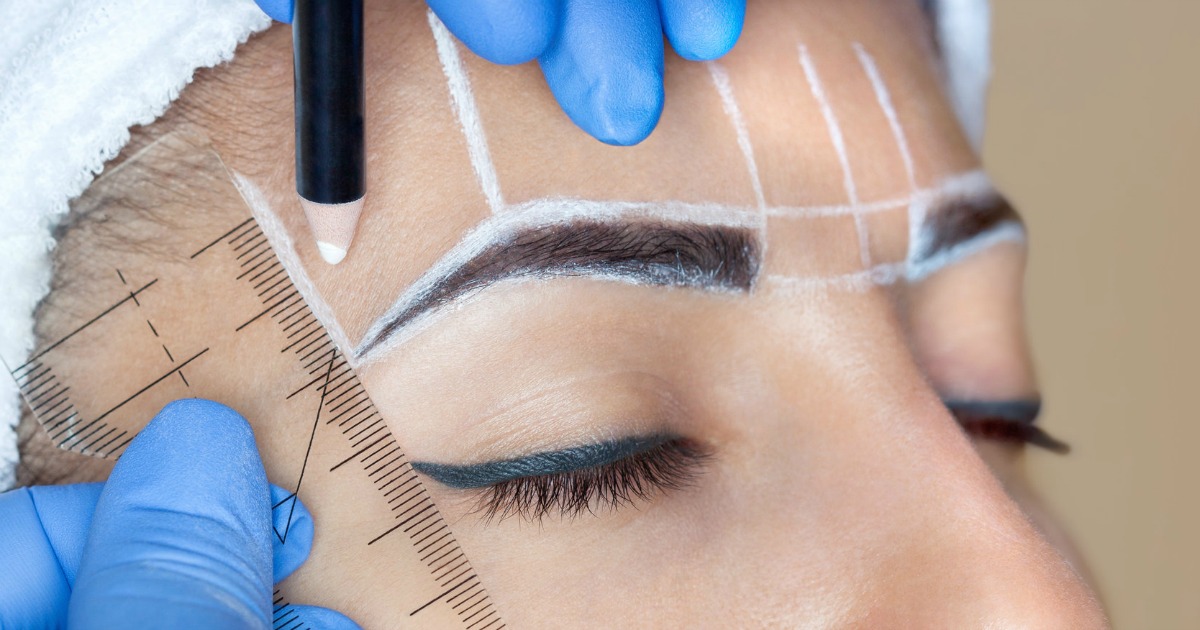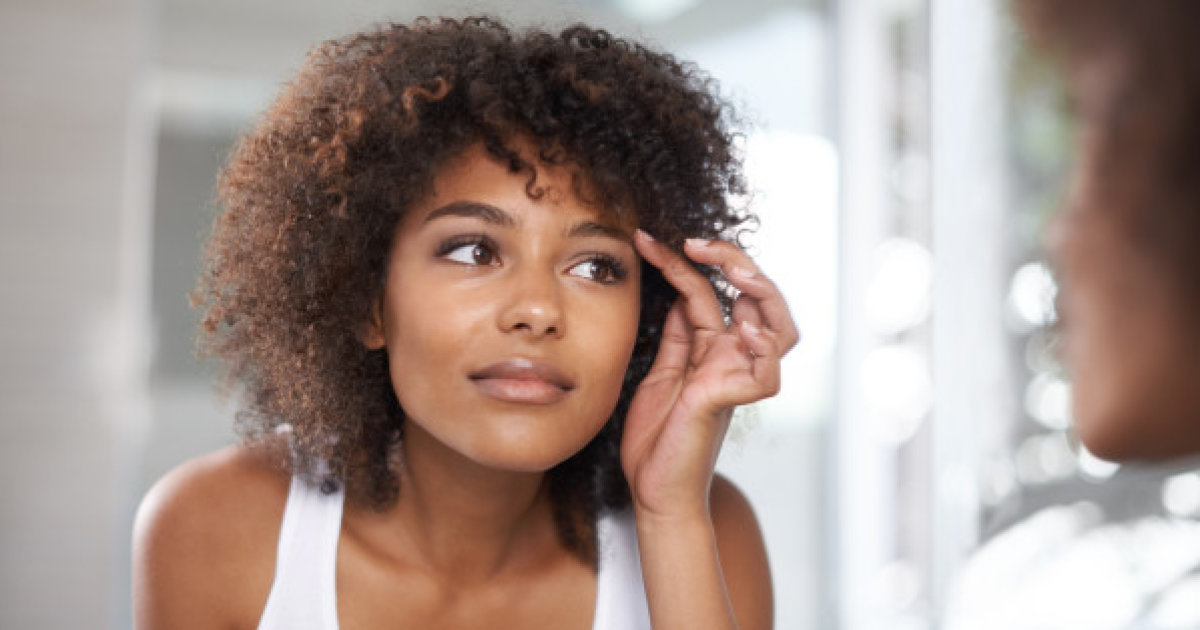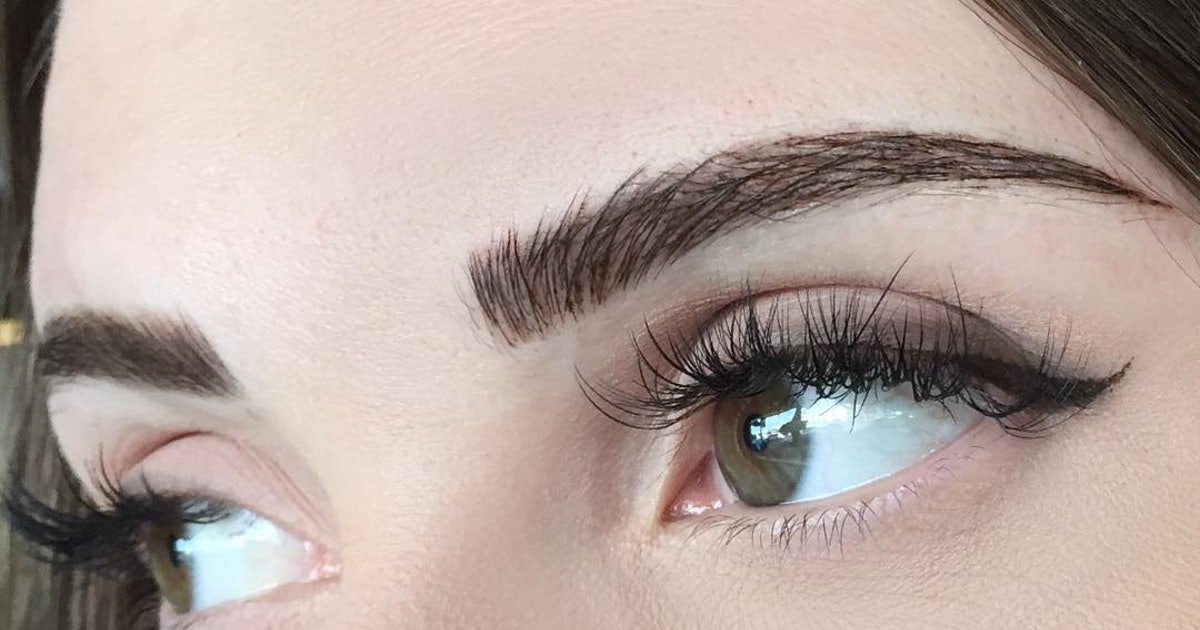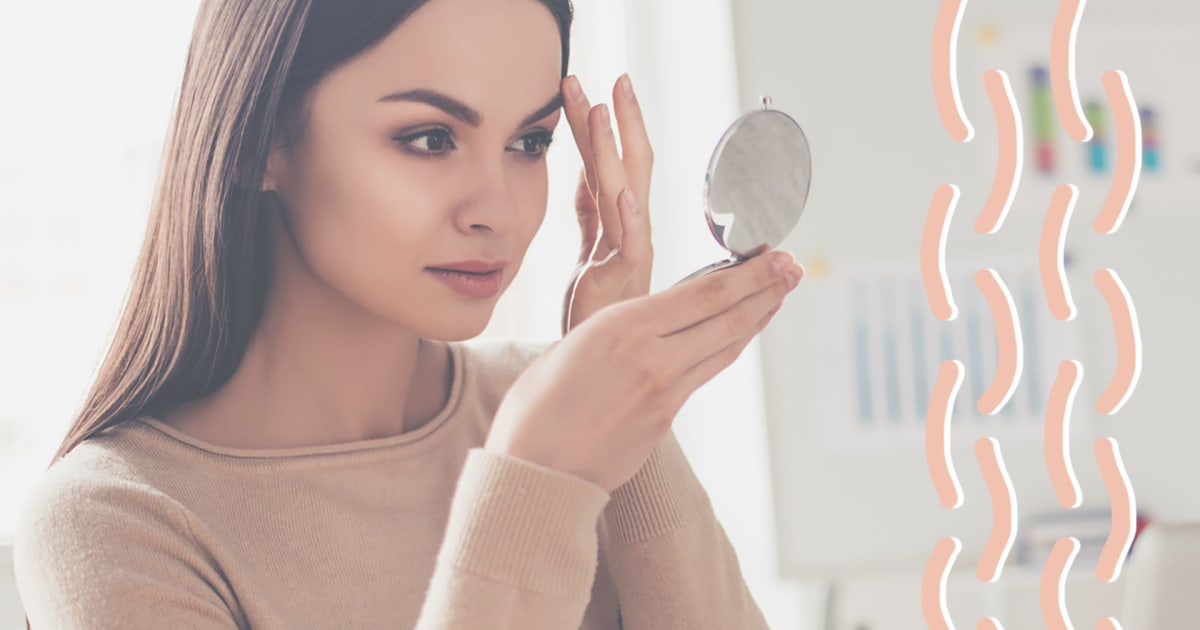What Is Microblading?
In the past few years, microblading has become one of the top new beauty trends. This technique promises flawless eyebrows you do not have to spend ages filling in each day. It might sound too good to be true, but many women are drawn in by the surprisingly realistic results. However, hearing that microblading involves some tattooing is understandably concerning to many. If you have heard a lot of people talking about microblading and are feeling curious, keep reading this article. We will tell you all the details about how the procedure works and what sort of results you can expect.
What Is It Exactly?

Many individuals are under the impression microblading is just an eyebrow tattoo, but the reality of what is it exactly is a little different. Microblading uses a very special type of tool that is essentially a tiny, wide version of a tattoo artist's needle. The microblading tool has ten to twelve needles aligned along a slope. When applied to the skin, these needles do not actually puncture or penetrate the skin like a tattoo gun will. Instead, they very lightly scratch the surface of the skin. Medical grade pigments are then applied to the scratch to create a fine line of pigmented skin. The microblading artist will apply the lines of pigment to make them look like extra hairs in your brows. When done correctly, the result is eyebrows that look fuller and thicker.
How The Procedure Works

How the procedure works will vary a little depending on who you select to do your microblading. Generally, it starts with the artist taking careful measurements and working with you to decide on the shape of your new eyebrows. They will then provide a numbing cream to make the whole area numb. After the cream takes effect, the needling process starts. This involves applying light strokes with the microblading tool to start filling in your eyebrows. The tool will initially do very thin, light strokes of color. To further boost your final color, the artist will smooth a layer of pigment over your entire brow area once they finish creating all the lines. This pigment settles into the needle strokes and deepens the color. Roughly six to eight weeks after your first appointment, your artist may give you the choice of getting a top-up session. This lets them fill in any areas where the pigment did not settle into the lines.
What Are The Benefits Of It?

The primary benefit of microblading is it gives you realistic looking eyebrow hairs. It can be used to slightly alter the shape or elongate the eyebrows. If you have any gaps in your eyebrows, microblading can fill it in. Unlike traditional forms of eyebrow tattooing, microblading is softer and more subtle looking. The result is eyebrows that look a little fuller and thicker than your natural brows, so you do not have to spend a lot of time applying makeup to the area. Another one of the benefits of it is microblading is not entirely permanent. Over the course of a few years, the effects will fade. This is nice because eyebrow trends tend to come and go, so you do not have to worry about being stuck with eyebrows that look abnormally dark and out of date in ten years. You can also do a few things to fade the microblading faster if you decide it is not for you.
What Are Risks Associated With It?

Like any other procedure that involves breaking the surface of the skin, there are some risks associated with microblading. There is always the chance you may have an allergic reaction. Risks associated with it are primarily due to inept practitioners, as there is no regulation for microblading, so you could potentially end up with a person who does not follow safety procedures or who is not capable of producing good results. The primary concern is simply that you may get an infection, either from something transmitted on an improperly cleaned tool or from something you encounter during recovery.
There is also some concern the result might not be what you want. A poorly trained microblading artist may create brows that are misshapen, too dark, or crooked. You can mitigate many of these risks by selecting a licensed esthetician who works in a high-quality salon and has proof of their training. Be sure to have a lengthy consultation and ensure the outline for your new brows is up to your standards before proceeding.
Microblading Aftercare Tips

In the first few days after microblading, you will notice your eyebrows look very dark. Do not panic, because this is just due to some initial scabbing and healing. It will take about ten to fourteen days for the final results to be apparent. During this time, it is important to follow all of your artist's microblading aftercare instructions. Lightly clean brows with antibacterial soap and do not pick at the scabs to avoid infections. To keep the microblading from smudging, avoid long time exposure to water or sleeping on your face for the first ten days. The area might feel a little itchy, and you can solve this by patting in a lightweight moisturizer. For at least four weeks afterward, use sunscreen on the area and avoid facial peels or scrubs.
